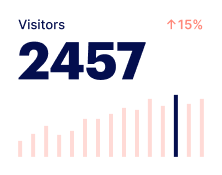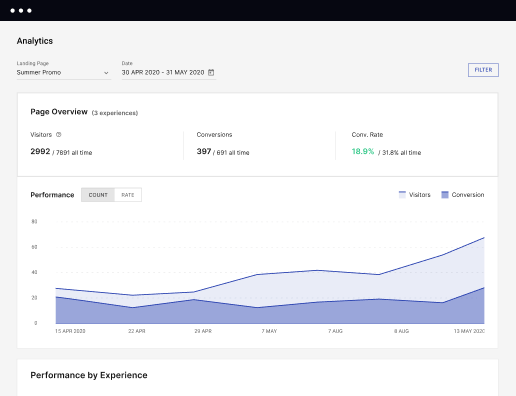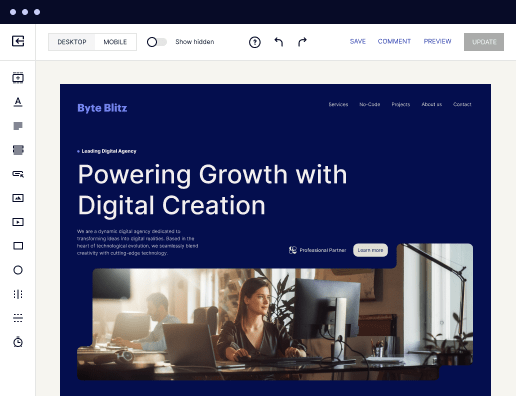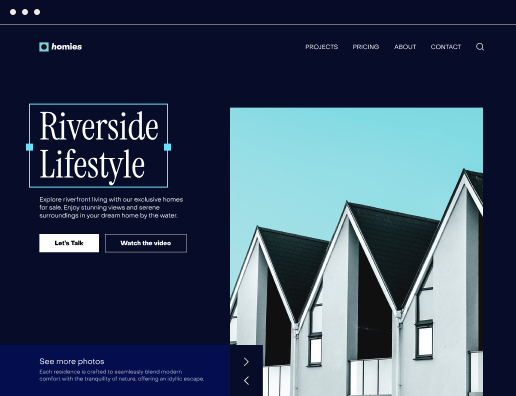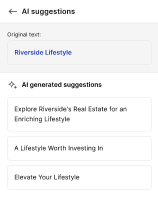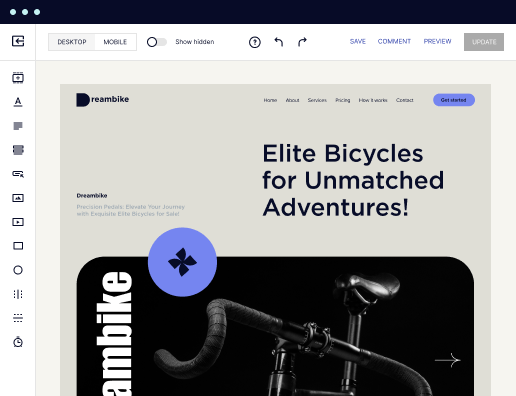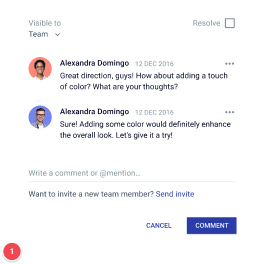Make your heatmap page designed for Chrome OS
Instapage empowers you to reduce costs, increase conversions, and deliver meaningful experiences on Chrome OS.
Build your heatmap page on Chrome OS with Instapage
Building an effective heatmap page on Chrome OS is essential for marketers aiming to understand user interactions while maximizing conversions. Instapage offers a flexible platform designed for quick landing page creation without needing any coding skills, beneficial for any marketer looking to optimize their campaigns across various industries such as education, financial services, and tech.
Why choose Instapage for heatmaps?
Instapage empowers marketers to deliver highly relevant landing page experiences that cater to diverse audiences. By utilizing powerful features such as detailed heatmaps and built-in experimentation tools, marketers can visualize where users are engaging on their pages. This, in turn, allows for informed decisions and strategic optimizations to enhance conversion rates and improve brand trust.
- User-friendly interface: Instapage's platform is designed for marketers rather than developers, enabling seamless page creation.
- Comprehensive analytics: View heatmaps and on-page behavior insights to understand where users are clicking.
- A/B testing features: Test multiple variations of your landing page to identify which elements drive the best results.
Step 1: Create your heatmap page
To get started with building your heatmap page on Chrome OS, follow these simple steps:
- Access Instapage: Log in to your Instapage account on Chrome OS.
- Choose a template: Select from over 100 customizable templates suited for various industries including marketing and business services.
- Drag-and-drop editor: Use the intuitive editor to personalize your landing page elements effectively.
Step 2: Incorporate heatmaps
Once your page layout is ready, it's time to add heatmap functionalities. This helps you track user engagement on your landing page.
- Enable heatmap feature: Navigate to your page settings and turn on the heatmap functionality.
- Analyze user interactions: Monitor where users are clicking and scrolling to understand behavior.
- Utilize insights: Use this data to refine elements for higher engagement and conversion.
Step 3: Optimize and iterate
After analyzing heatmap data, it's crucial to optimize your page continuously. This ensures consistent performance and higher conversion rates.
- A/B testing: Create multiple variations of key elements and test their performance using Instapage.
- Leverage analytics: Regularly check analytics to gauge the impact of changes made based on heatmap data.
- Continuous learning: Update your approach as you gather more data to keep refining user experiences.
By following these steps to build your heatmap page on Chrome OS with Instapage, you're setting a strong foundation for effective marketing campaigns.
Ready to enhance your landing page performance? Start optimizing today with Instapage to grow conversions and build stronger customer experiences.
Get more out of Build your heatmap page on Chrome OS
Improve your Quality Score with quick load technology for landing pages
Increase conversions with content that aligns with your ads and audiences
Achieve maximum ROI by scaling your marketing initiatives
Leading the way in building high-performing landing pages





FAQs
See how to build your heatmap page on chrome os in action
Ready to skyrocket conversions?
Supercharge your ad campaigns with high-performing landing pages.
Get started
